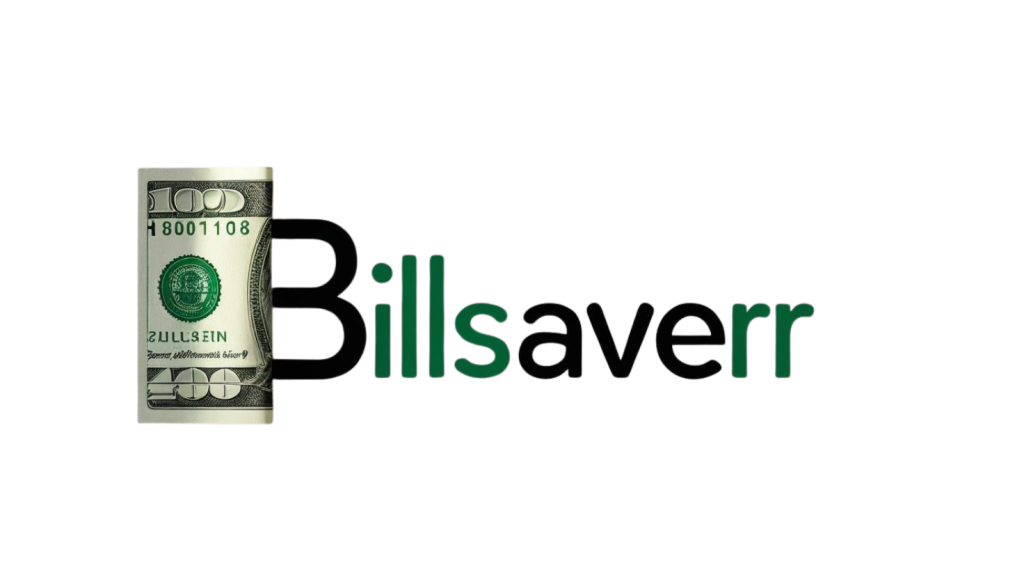What to Look for in Your Bill: 6 Red Flags That Mean You’re Overpaying
When was the last time you looked closely at your monthly bills? Not just the total amount, but the individual charges, fees, and fine print?
If your answer is “never” or “I just auto-pay it,” you’re not alone — and you’re probably overpaying.
Service providers often rely on busy customers to overlook small charges or ignore price hikes. But by learning what to look for, you can spot hidden fees and inflated costs that are quietly draining your bank account.
Here are 6 red flags in your bills that likely mean you’re paying more than you should.
1. Sudden Price Increases
If your bill used to be $79.99 and is now $92.47 — with no clear explanation — that’s a red flag.
What it means:
Introductory rates may have expired, or your provider may have raised your monthly fee without clear notice. These increases are often buried in fine print or lumped under generic headings like “rate adjustment.”
What to do:
Compare your latest bill with one from 3–6 months ago. If there’s a jump, it’s time to call — or have a professional negotiate — for a better rate.
2. Confusing or Vague Fees
Look out for terms like:
- Regulatory recovery fee
- Service maintenance fee
- Administration fee
- Equipment rental surcharge
What it means:
These are often junk fees — optional or inflated charges that providers use to pad your bill. Some may sound official, but they aren’t government-mandated.
What to do:
Research each fee or contact the provider and ask for a full explanation. Many times, these charges can be reduced or removed entirely.
3. You’re Paying for Services You Don’t Use
Got a cable package with 200+ channels but only watch Netflix?
Paying for home phone service you never use?
Internet speeds far beyond what your household actually needs?
What it means:
You’re likely on a bloated plan that’s costing you extra every month for features you don’t use.
What to do:
Review your usage. Ask yourself: “Do I really need this?” If not, you’re leaving easy savings on the table.
4. Multiple Equipment Fees
Sometimes, providers sneak in charges for extra equipment: modems, routers, cable boxes, remotes — even if you’re not actively using all of them.
What it means:
You could be unknowingly renting devices or paying for duplicates.
What to do:
Audit your home — do you have equipment sitting unused? Return it.
Better yet, consider buying your own equipment to avoid rental charges altogether.
5. Bundles That Don’t Actually Save You Money
“Triple-play” bundles (TV, internet, phone) often seem like a great deal — until you break down the individual costs.
What it means:
Bundles can lock you into high-priced packages with services you don’t need, especially if the promotional period has ended.
What to do:
Price each service individually and compare. You might find that unbundling and negotiating separately saves you more in the long run.
6. Long-Term Loyalty with No Rewards
If you’ve been with a provider for years but never received a discount, deal, or upgrade — that’s a huge red flag.
What it means:
Providers often offer better deals to new customers, while loyal ones are quietly charged more. Staying put without re-negotiating could be costing you hundreds per year.
What to do:
Call and ask for current promotions or loyalty discounts. Better yet, have a bill negotiation expert do the talking for you — they know what to ask for and how to get results.
Final Thoughts: Don’t Let Your Bills Fool You
Bills are designed to be confusing — and that’s no accident.
Between vague fees, expired discounts, and unnecessary services, most people are leaving money on the table every single month.
But with a closer look — or help from a bill negotiation service like ours — you can uncover these red flags and start saving real money.
Need Help Spotting These Charges?
We specialize in reviewing and negotiating all kinds of bills — from internet and cable to phone and security.
You upload. We analyze. You save.
And remember: if we don’t lower your bills, you pay nothing.


Leave a Reply